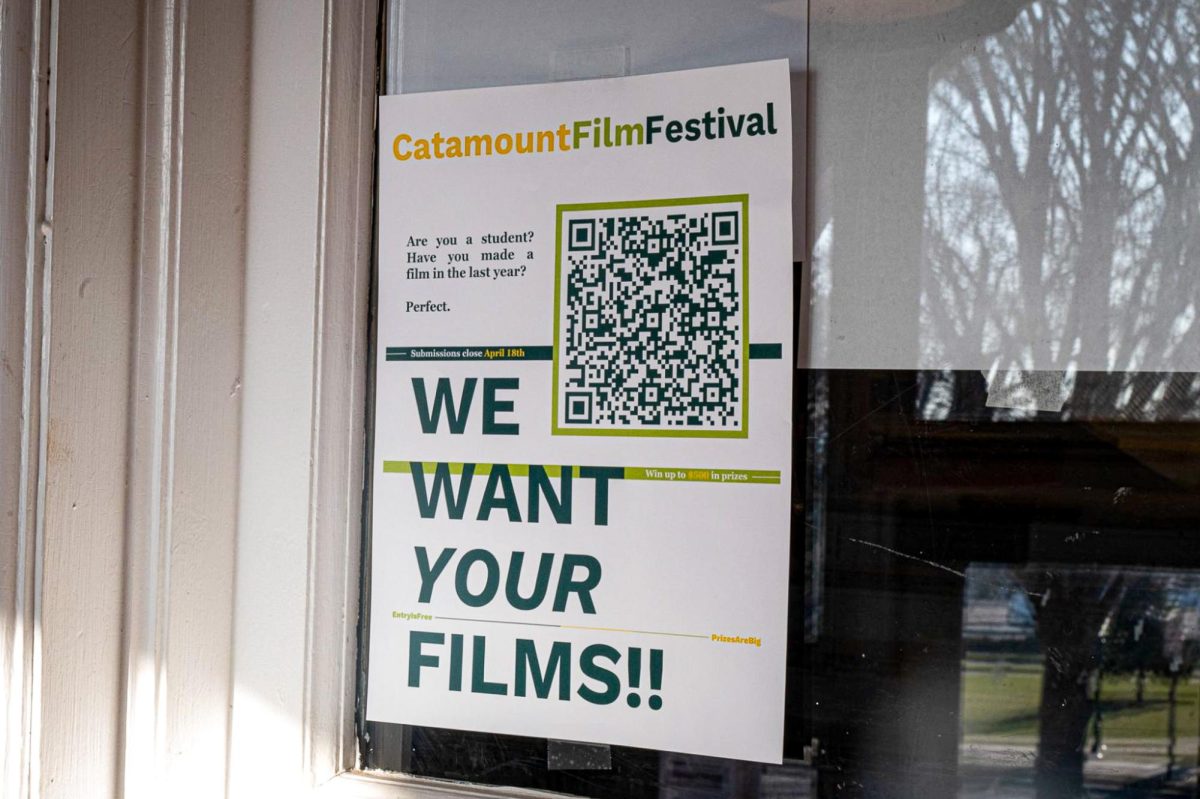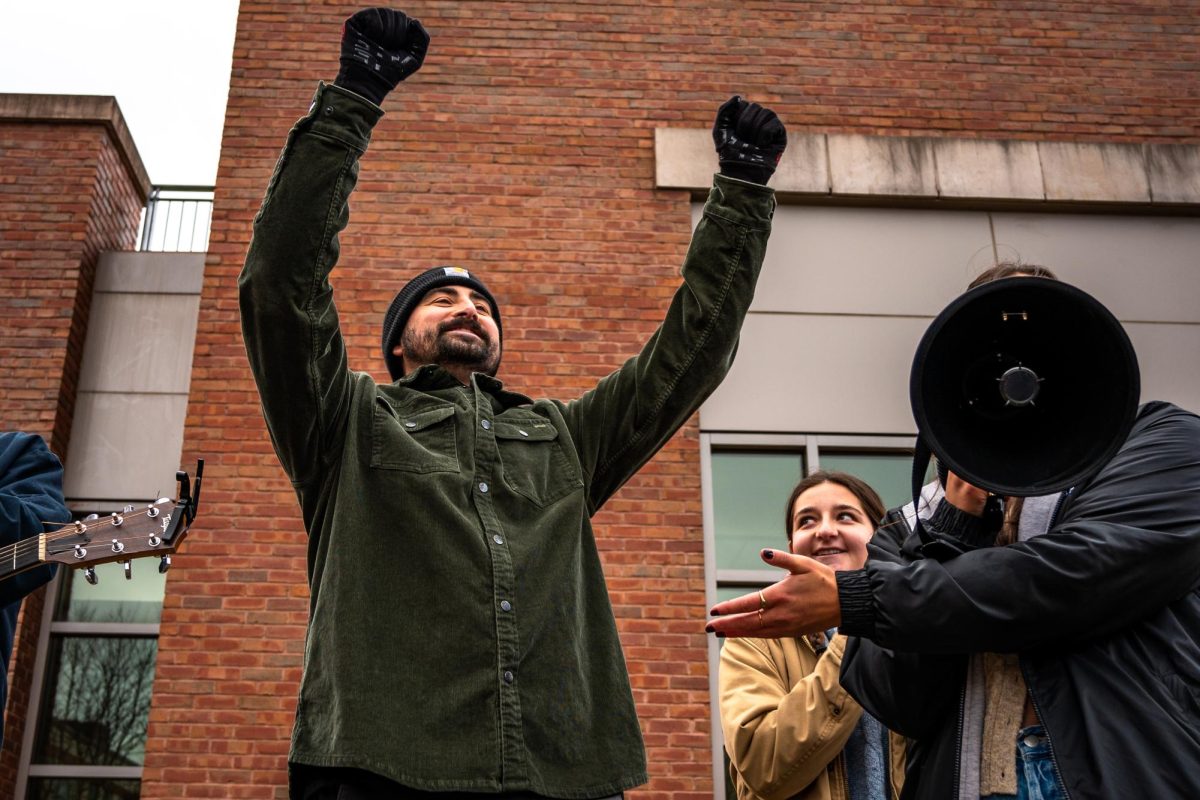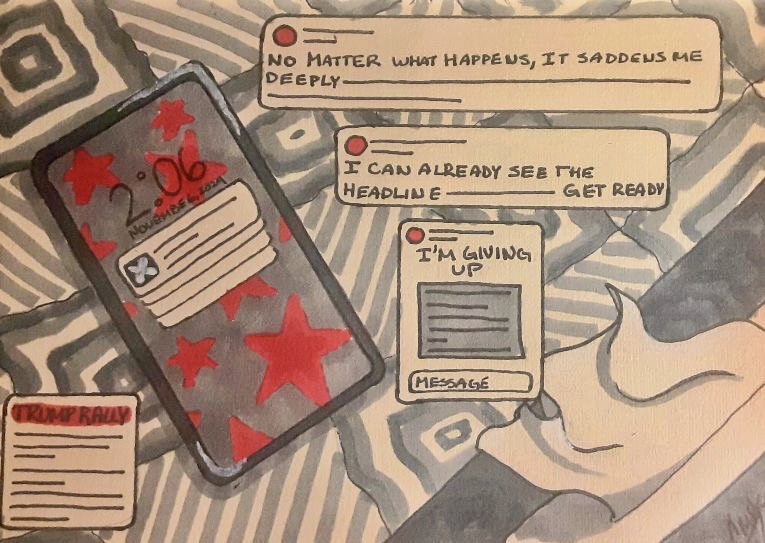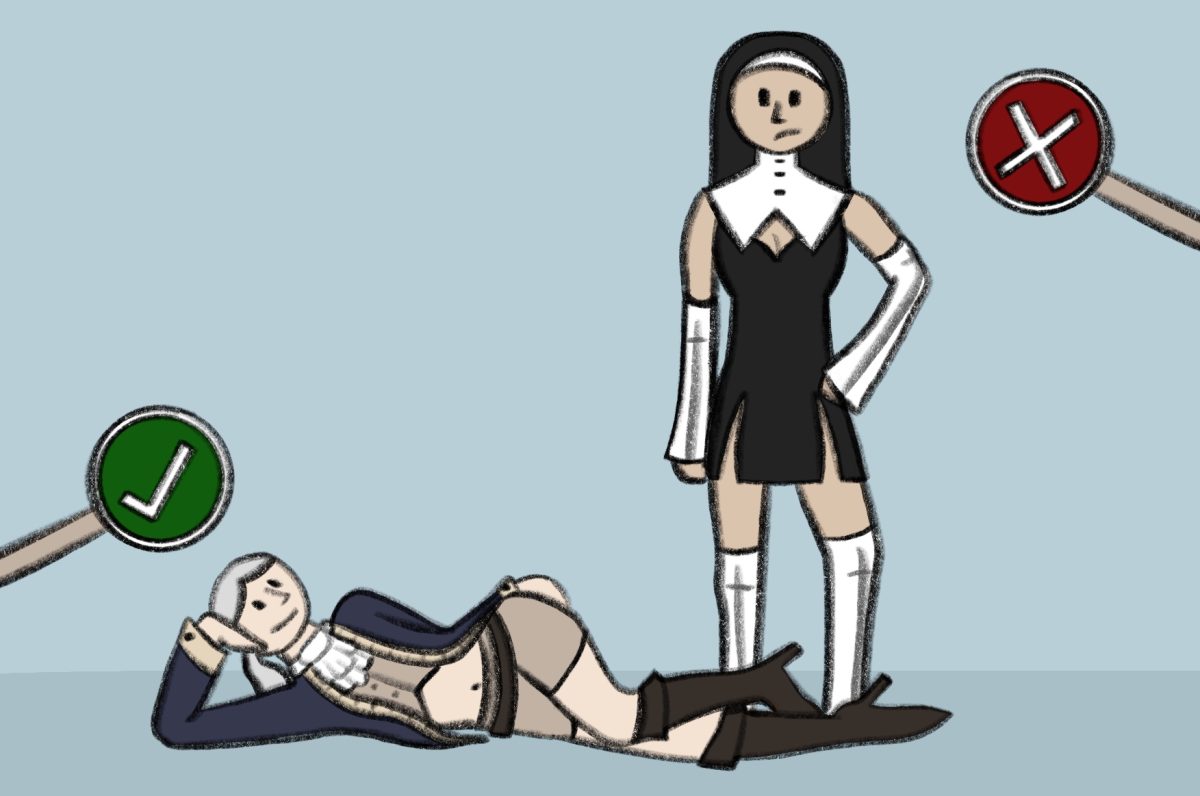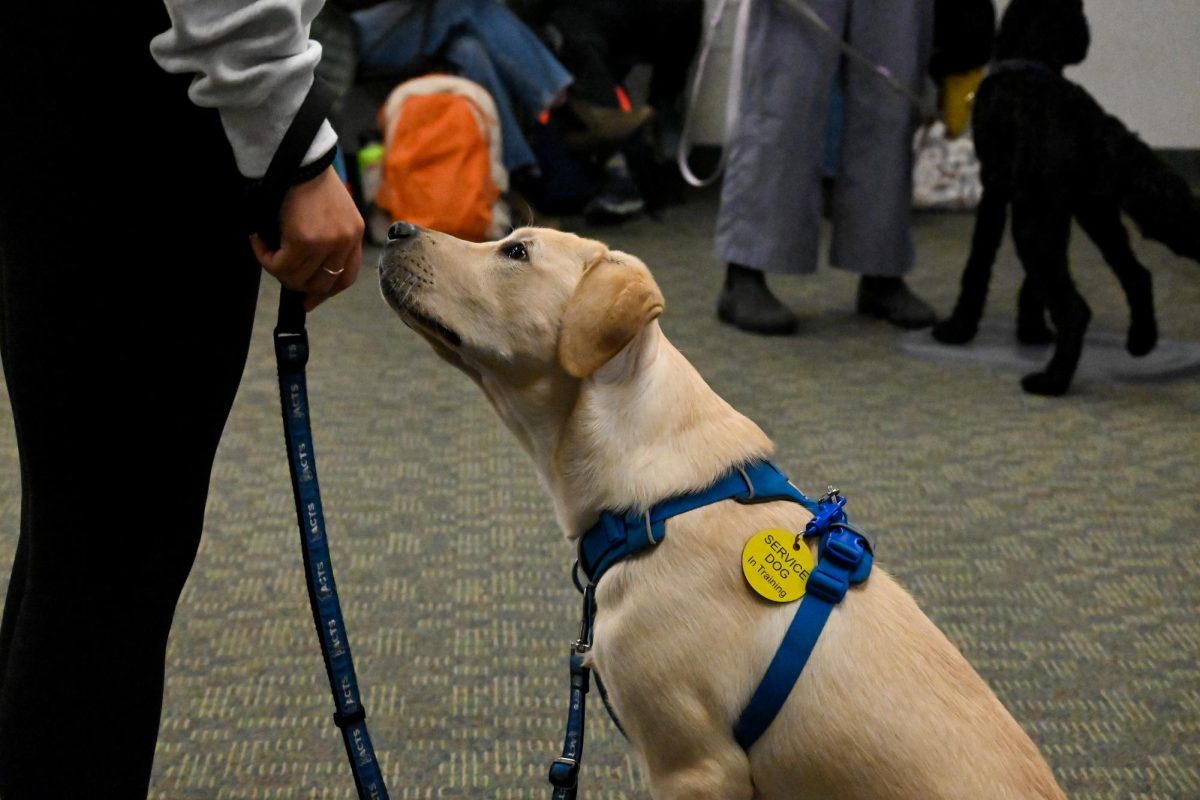A study conducted by UVM in 2012-2013 on cafeteria food waste in Vermont public schools is raising questions about national school meal regulations.
The study was published Aug. 26 and gained national attention in the media because it found students were wasting fruits and vegetables despite the Healthy Hunger-Free Kids Act of 2010.
Part of this act included requiring students to pick a serving of fruit or vegetable at lunch, according to a UVM press release dated Aug. 19
The act, which was implemented in 2010, authorized both funding and policies for the major USDA child nutrition programs.
One of the included programs was the National School Lunch Program, according to the USDA website.
UVM researchers conducted the study during the 2012-2013 school year, the first year the regulations took place.
But other organizations such as the nonprofit Hunger Free Vermont argue that UVM’s study is “telling an inaccurate story of what is happening in school meal programs,” Alida Duncan wrote in an email, Development and Marketing director for Hunger Free Vermont.
The study took place during the first year following the implementation of the new guideline and was also small in size, looking at two elementary schools in Vermont. The study wasn’t an accurate representation of either the behaviors inside the lunchroom or of the school meal environments, according to a media release dated Aug. 26.
“I’m not saying what the researchers found in the study wasn’t accurate,” said Anore Horton, nutrition initiatives director for Hunger Free Vermont. “But it is not representative of now because it took place during a transition year.”
Although UVM’s press release mentioned the dates, Horton said it was not clear to the reader that the results were not representative of the present.
“No one is going to read the [whole] study; if you have that expectation, unfortunately that is pretty naive,” she said.
She said that schools initially struggled implementing the new regulations and convincing children to pick up a fruit or vegetable at lunch.
“We were under no illusions that it was going to be a very dramatic and challenging change, especially for older schoolchildren who were new to the rule,” Horton said.
Horton said that since the study, children have consumed more fruits and vegetables. Vegetable consumption actually increased by 16.2 percent, according to a more recent 2014 Harvard study.
Although consumption has increased, Horton said there are concerns as to how the UVM study could impact future decisions in Congress about school meal programs.
“[The press] played really beautifully into the hands of those in Congress who are interested in cutting funding for critical nutrition safety nets like SNAP and school meal programs,” she said.
Horton said that the new challenge is convincing Congress to keep the regulations from 2010.
“I ultimately believe that nutrition is the most important,” sophomore Sage Ryan said regarding the regulations.
“They’re very impressionable at this age and are learning healthy eating habits for the rest of their lives,” she said.
Hunger Free Vermont is a “state-wide nonprofit,” that is “dedicated to providing nutrition education and expanding access to nutrition programs that nourish Vermont’s children, families, and communities,” according to their website.
The organization has the mission of ending the “injustice of hunger and malnutrition for all Vermonters,” according to website.
By assisting schools to establish or expand breakfast and lunch programs, they are helping provide school age children with a “reliable source of nutrition,” according to the website.


